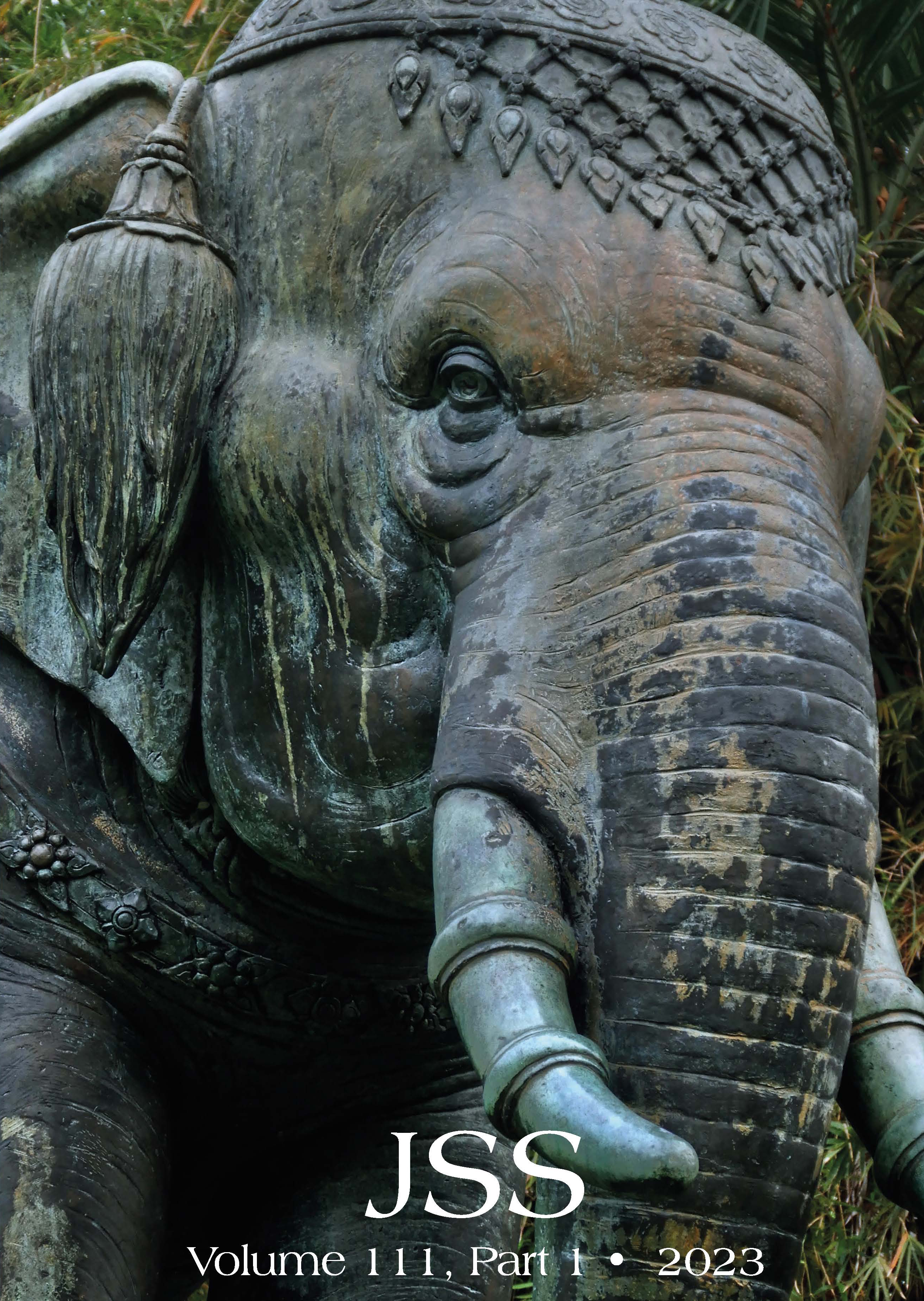A Rejoinder to Professor Murashima
Main Article Content
Abstract
Professor Murashima’s comments show how different interpretations are possible from the same documents. I continue to argue that the sources, though far from clear, show that the principal spark of conflict was military conscription, and that the issues over the coronation ceremony occurred later.
Article Details
References
The BT 28 July 1920 account presents a complete translation of the Ecclesiastical Council and sangharaja reports.
However, we are actually referring to different arrests. By first arrest I am referring to the first time Srivichai was arrested and summoned to appear before the monastic heads of Lii district and Lamphun province respectively. Murashima is evidently referring to the later extended period of Srivichai’s confinement under temple arrest in Wat Phrathat Haripunchai, a confinement I would date as circa 1917.
Nonetheless, as noted in my article, both Consul Wood and Phra Wimolayaanamuni make the connection with the military.
Murashima states that the 1913 Ordination Act went into effect in the north on 9 August 1913, but I have not been able to confirm that dating. Furthermore, Murashima ignores the reasons for punishing ordainers includes ordaining khon dong haam (Clause No. 12).
Murashima has mistranslated “baj anuyaat” in the first charge against Srivichai as “appointment letter of preceptor.” It is more accurately translated as the “permission document” or “license.” This document was not a letter appointing an individual monk as a preceptor, but rather the official authorization giving permission for ordination ceremonies to proceed. This authorization was supposed to have been issued by the “Kromakarn and Nai Amphur,” both secular officials (BT 7 June 1920).


